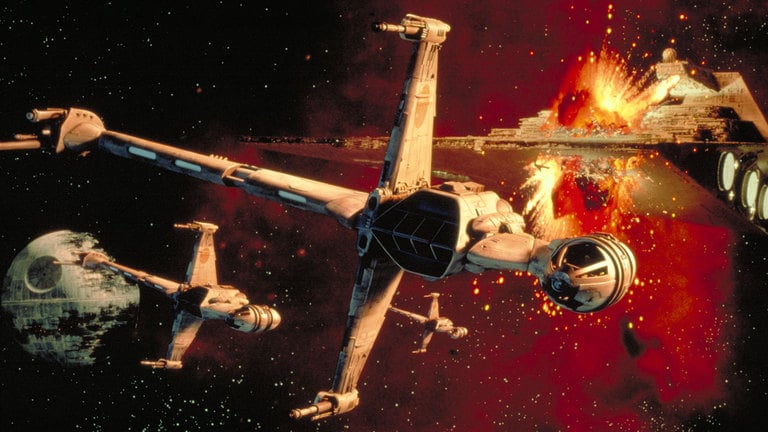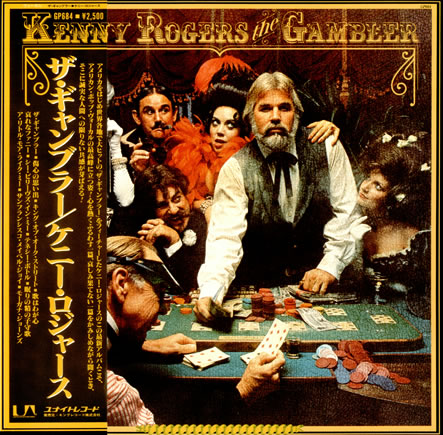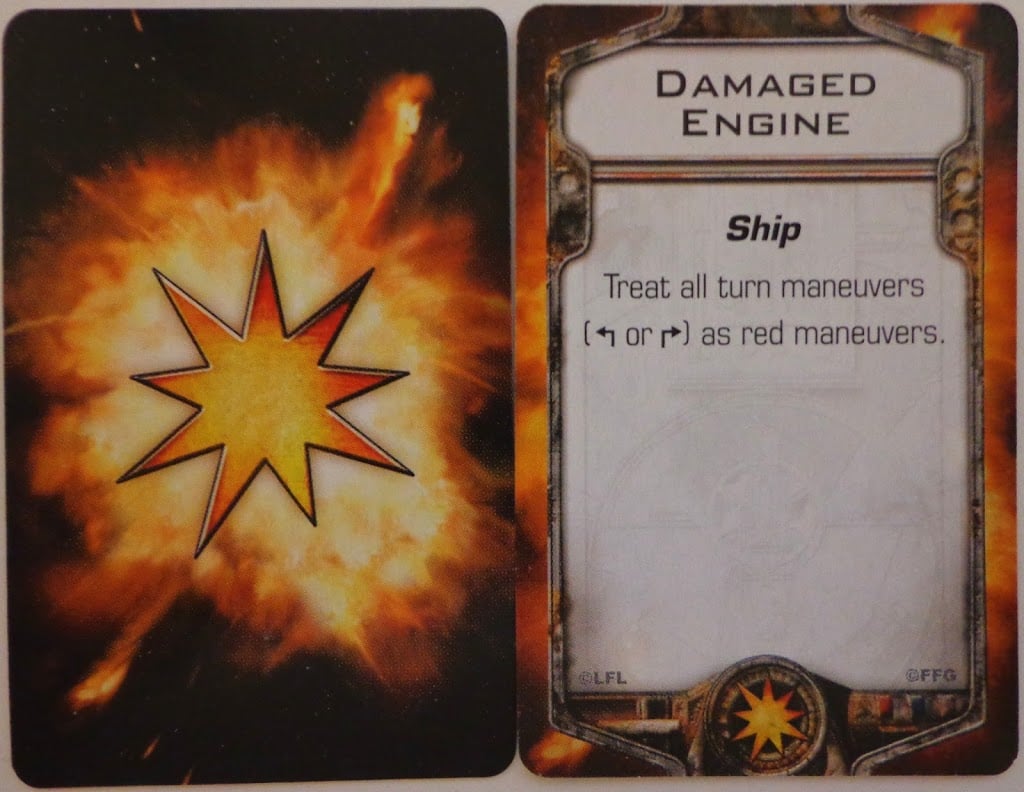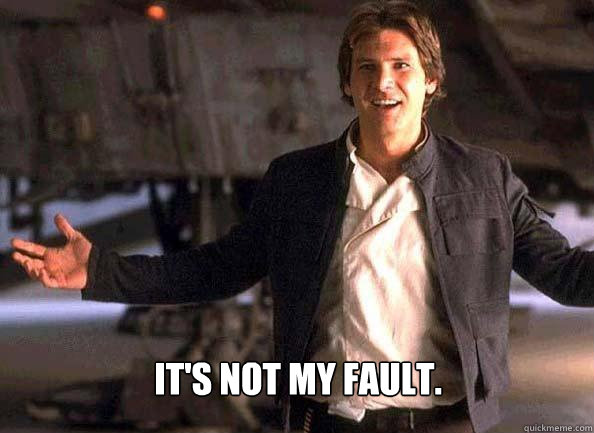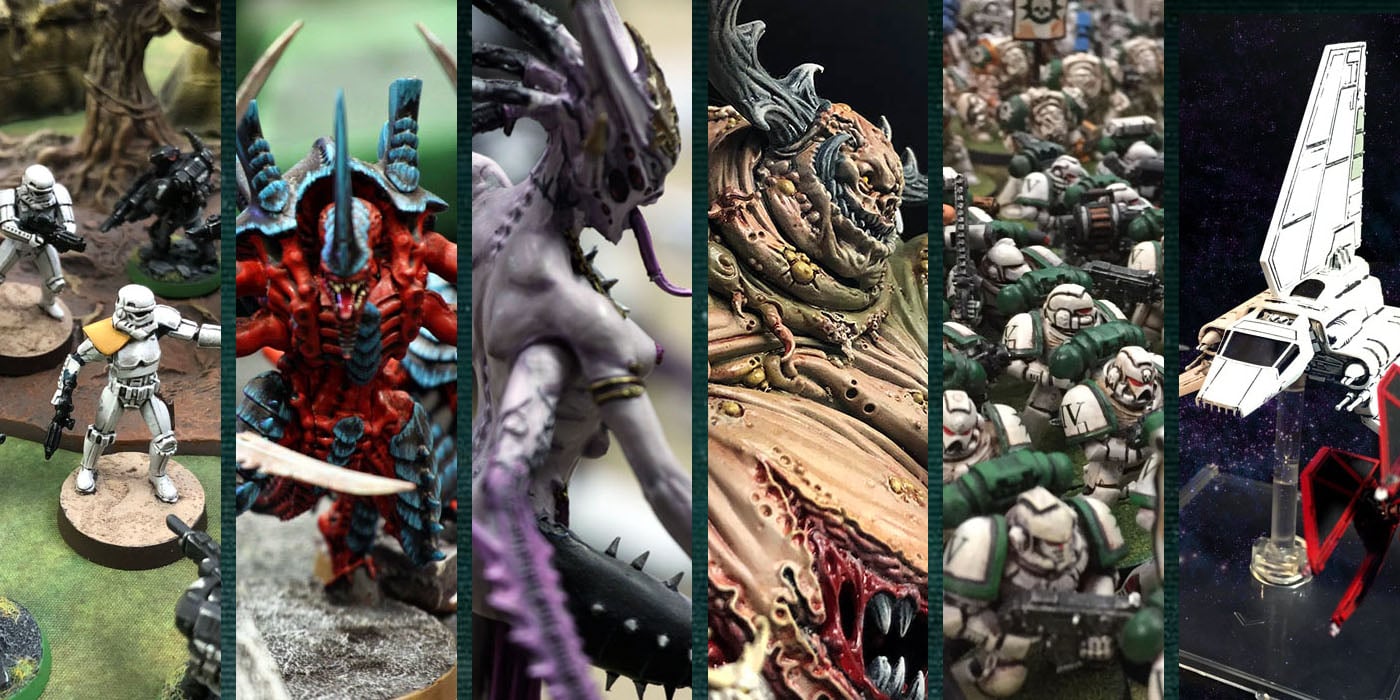X-Wing Academy: The Damage Deck Explained!
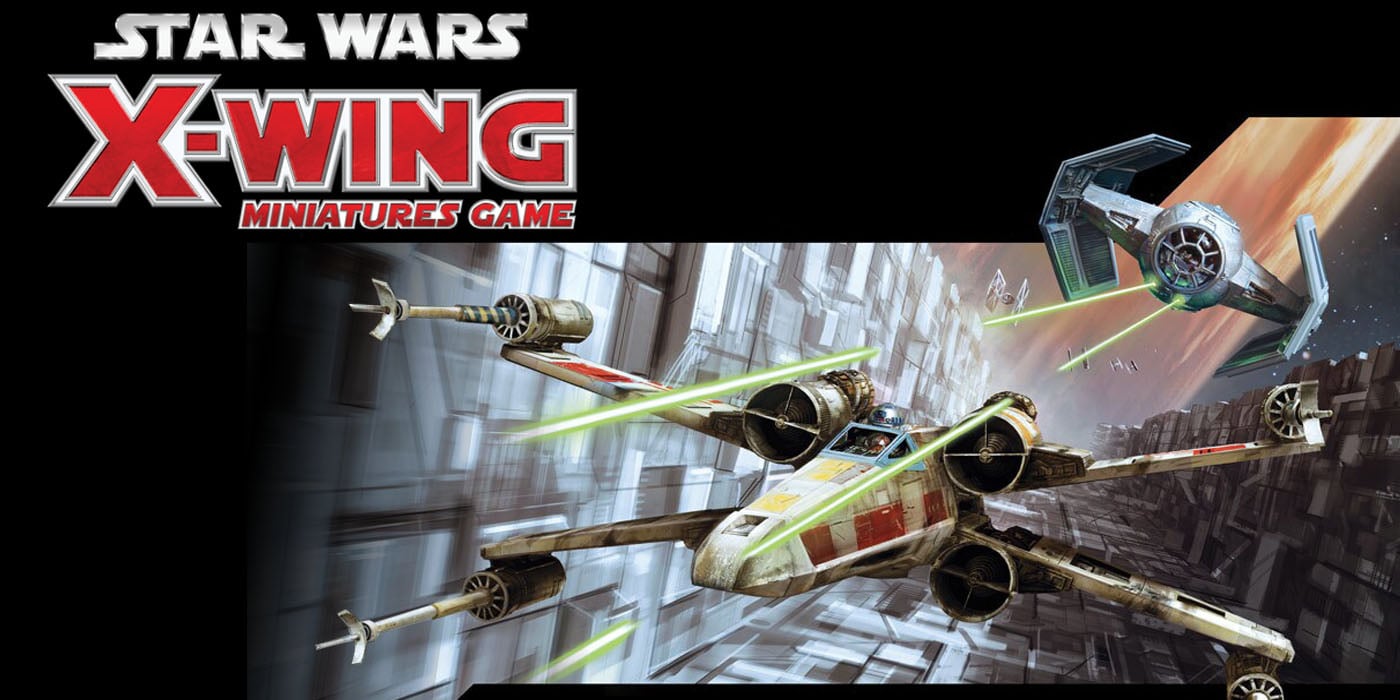

X-Wing Academy Class is back in session – It’s time to go to school and learn about the damage deck in detail.
Last time we talked about the combat phase and some questions came up about the Damage Deck. Well today I’d like to help clear those up. Luckily Professor Clint has already done most of the legwork. So lets see what he has to say! Take it away Clint…
The Damage Deck
I’ve mentioned a few times in my breakdowns that one of the currently overlooked ways to try and deal with a big ship, is to try and inflict some Critical Damage, which is a face-up Damage Card.
That sounds good on paper but just how significant are the face-up cards, really? Are they actually a valid way to mitigate someone’s “Exposing Chewie Falcon” or a “Fat Han” or “Super Dash” or “Insert New Meta Threat” or you should just stick with the notion of packing enough missiles to blow them out of the sky quickly?
To put this another way, why didn’t we see this or talk about Critical Damage more? Why did so many people think causing crits was ineffective (which of course took Proton Torpedoes along for the ride as well)? More importantly, why did they seem to be right?
Well, because they kind of were.
Think back to your early games – before the “Big Ships” were common. Did you have many matches where you were dealing with the effects of a Critical Damage card for more than a game turn or two? I don’t think I did – I hardly ever got them to start with. Usually I’d just get blown up outright instead, or gunned down the very next turn. In all likelihood, if you got yourself nailed by a crit, you had 1, maybe 2 hull points left and it didn’t take long for your opponent to finish you off once you were down that low, especially dealing with whatever penalty you’d just incurred from the face-up card.
That’s changed now. The “Big Ships” have between 5 and 12 hull. There’s a good chance that most “Big Ships” will be operational far past just a turn or two once their shields are gone, unlike a starfighter.
I decided regardless of the validity of strategy in the early days, it’s high time to take a much closer look at the X-Wing Miniatures Damage deck, so without further adieu, let’s talk about the Damage Deck!
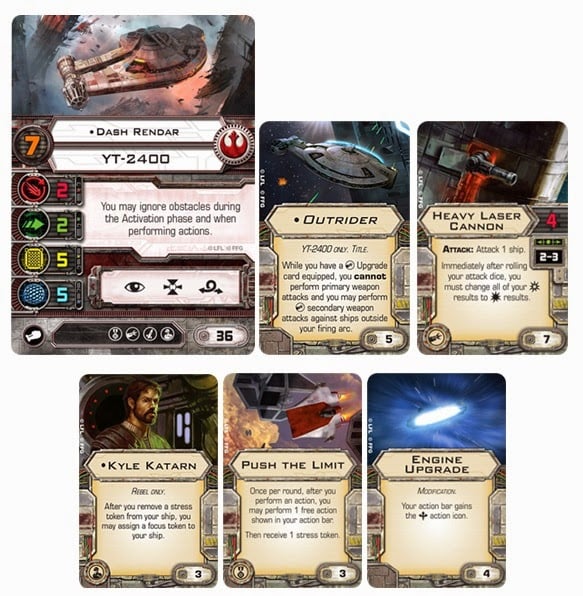 Wanna shut down Dash? Crit him in the face!
Wanna shut down Dash? Crit him in the face!
All right, so first off, you’ve got 33 cards in a Damage deck. If after reading that you’re thinking to yourself, “But, oh. Uh, I, uh, bought two Core Sets and since I only ever play with my brother, we, uh, mixed up-” Just stop right there. Combining two Damage Decks isn’t tournament legal or even rules legal. While in the grand scheme of things, I guess you’re not really changing the odds of what you’re going to pull, the reality is you just have increased the amount of all the possible cards in your deck.
Does this make a difference? Well…yeah. An 8-ship TIE Swarm can’t possibly get Direct Hits on every single ship (as there are only 7 instances of that card), but if you stuck two Damage Decks together that could happen quite easily. Through the course of this article, I’ll be mentioning all the cards that go in a Damage Deck and the amounts of each, so just pay attention and fix your deck to match what would be in a standard deck if necessary.
Just remember once you lose all your shield tokens you accumulate damage cards to track damage on the ship. Note that a face-up Damage Card still counts as 1 Damage (unless otherwise noted, of course), so you have the effect of the card text and the 1 Damage applied to your ship if/when you receive a face-up Damage card.
Right. So of the 33 total cards, you’ll notice they’re broken down into two categories: Ship and Pilot. Let’s go through the Pilot Cards first.
There’s actually only 4 different Pilot Cards. We get 8 total cards because there are 4 pairs each of 2 duplicate cards. The 4 Pilot cards are Blinded Pilot, Damaged Cockpit, Injured Pilot, and Stunned Pilot. Generally speaking, Pilot Cards are going to produce effects that minimize or subvert abilities and Actions associated to the ship’s pilot as opposed to the ship itself. I’m not going to do a complete breakdown for each one and discuss the impacts on each particular pilot. But for the sake of discussion I’ll give you the card text.
Pilot Cards:
Blinded Pilot – The next time you attack, do not roll any attack dice. Then flip this card face down.
Damaged Cockpit – After the round in which you receive this card, treat your pilot skill as “0.”
Injured Pilot – All players must ignore your pilot ability and all of your Elite Pilot Skill icon Upgrade cards.
Stunned Pilot – After you execute a maneuver that causes you to overlap either another ship or an obstacle token, suffer 1 damage.
Critical Damage Pilot cards are going to have a much more significant effect on the named Pilots than generic no-names. The higher the PS the worse the effect seems. Getting an Injured Pilot on Han is a great way to stop your opponent from making “Han Shoots First” jokes all day. Damaged Cockpit on a Gold Squadron Pilot or Rookie Pilot likely won’t have much actual effect at all.
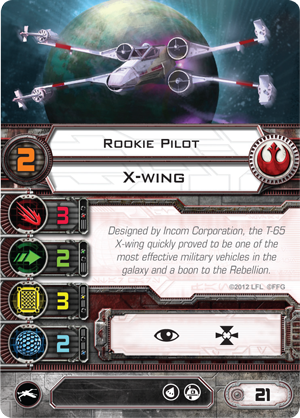 Damaged Cockpit? I though they came that way!
Damaged Cockpit? I though they came that way!
The Pilot Cards out of the way lets look at Ship Cards. Like Pilot Cards they’re mostly pairs of cards and there are only 10 unique Critical Damage Ship cards.
Ship Cards:
Direct Hit – This card counts as 2 damage against your hull. Also note there are 7 copies of this card in a Damage deck.
Damaged Engine – Treat all turn (not bank, just turn) maneuvers as red maneuvers.
Munitions Failure – Immediately choose 1 of your secondary weapon Upgrade cards and discard it. Then flip this Damage card face down.
Thrust Control Fire – Immediately receive 1 stress token. Then flip this card face down.
Minor Hull Breach – After executing a red maneuver, roll 1 attack die. On a hit result, suffer 1 damage. Then flip this card face down.
Minor Explosion – Immediately roll 1 attack die. On a hit result, suffer 1 damage. Then flip this card face down.
Console Fire – At the start of each Combat phase, roll 1 attack die. On a hit result, suffer 1 damage. Action: Flip this card face down.
Structural Damage – Reduce your agility value by 1 to a minimum of “0”. Action: Roll 1 attack die. On a hit result, flip this card face down.
Weapon Malfunction – Reduce your primary weapon value by 1 (to a minimum of “0”). Action: Roll 1 Attack die. On a hit or crit result, flip this card face down.
Damaged Sensor Array – You cannot perform the actions listed in your action bar. Action: Roll 1 attack die. On a hit result, flip this card face down.
Right, if you look closely, you’ll see I’ve listed these Ship cards in something of an order. The first two entries, the dreaded Direct Hit and Damaged Engine, are both bad things. There’s no option to Action them away or flip a card. They just hurt.
As mentioned above there are a total of SEVEN (7) copies of Direct Hit in a Damage Deck. You’ve got almost the same odds of pulling that as your Damage Card as you do rolling a 6 on a six-sided die. It’ll probably come up if you’re runnning a big ship that gets down to hull early in the game. Just hope it doesn’t happen multiple times to the same ship.
The next four entries are all “do something, blah, blah, then flip this card face down”, meaning that after their initial effect, they just become standard damage cards. The first two of these four, Munitions Failure and Thrust Control Fire have no random chance element associated with them – you discard a Secondary Weapon System or invoke a Stress Token respectively, then they just become standard damage.
For Minor Hull Breach and Minor Explosion you roll an Attack die to see what happens next. Note that in this context, when it says to roll a hit (filled explosion symbol), that’s actually what you do need to roll – a crit (unfilled explosion symbol) doesn’t trigger anything special. Basically, it’s a probability thing rather than an actual damage thing – FFG wants you to have a 3/8 chance of doing whatever, so they said for us to use an Attack die and look for filled explosion symbols because “math” reasons.
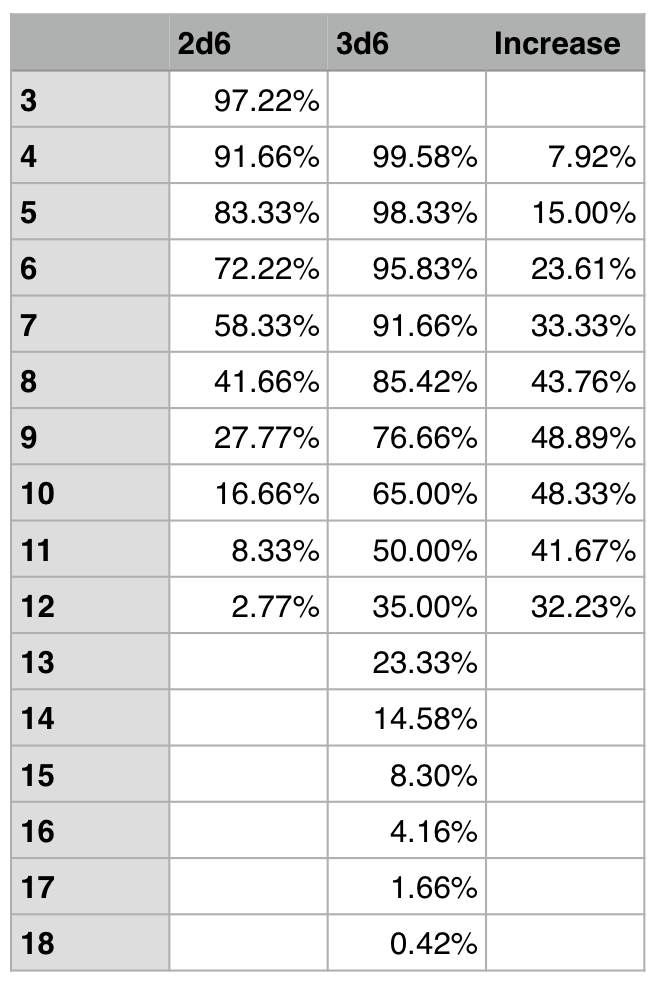 Great, now I gotta do the math for D8s now…
Great, now I gotta do the math for D8s now…
The last four entries are all semi-permanent bad things you can get rid of (or at least attempt to get rid of) by spending an Action messing around with them. All four of these cards, Console Fire, Structural Damage, Weapon Malfunction, and Damaged Sensor Array have the potential to be pretty terrible for you. Console Fire and Damaged Sensor Array being arguably worse than Structural Damage and Weapon Malfunction as there are contexts where losing a point of Agility or a die on your primary attack is not that big of a deal.
Losing all the Actions in your Action Bar is going to always suck however. So will rolling to see if you take damage at the start of the Combat Phase every turn until you actually do. Unless you’re in a really tight spot, or you’ve got one of those above situations that kind of minimizes the effect of the card on your particular ship, you’re usually better off trying to Action that effect away as soon as possible – multiple times if necessary.
Taking all of the above information into account: is finding a way to reliably inflict critical damage on Big Ships worth it? Ultimately that’s a strategy I’ll let you decide to chase if you want. However, from what I’ve seen so far, there are a lot of Wave 2 lists that feature the big ships with named pilots. With those two criteria filled I think a pretty compelling case could be made for the idea.
Well there you have it X-Wing Aces. Hopefully this break down helps you out. Just remember to count your cards BEFORE you pack them away for a tournament.
Crit Dash he says…You gotta catch’em first – AdamHarry, OUT!
This series was originally written by Clint Weisgerber of themetalbikini blog. It has been edited, updated and reprinted with permission.

